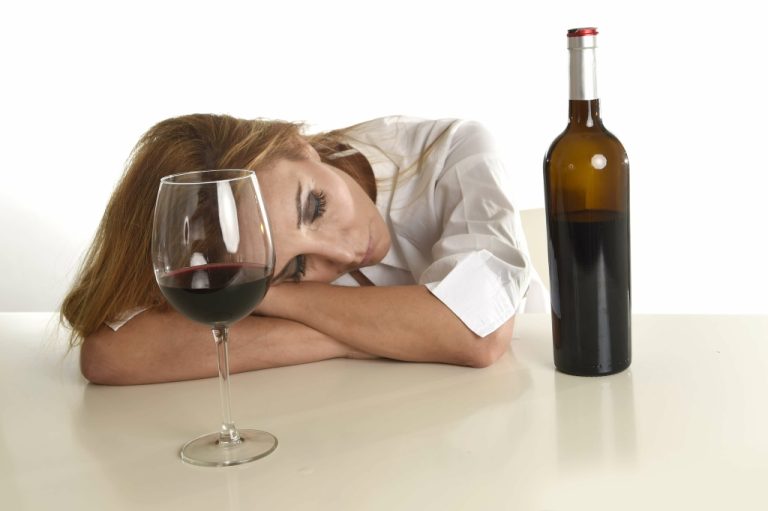Access to community resources and support networks is crucial for effective prevention and intervention. Communities that provide easy access to recreational facilities, youth clubs, and support groups offer positive alternatives and support systems for teens, reducing the allure of drug use. These resources can provide safe spaces, mentorship, and engagement in constructive activities, contributing to the overall well-being of young individuals.

FIND TREATMENT:

Staying informed about new substances and consumption methods enables educators, parents, and policymakers to adapt their prevention messages and strategies. For instance, the rise of vaping and the use of synthetic drugs require different educational content and prevention tactics than those used for traditional substances like alcohol and marijuana. It’s important to understand what substances teens are abusing to create more tailored prevention strategies. Fortunately, the rates of use have decreased since the pre-pandemic levels. However, the overdose rates among teens nearly doubled after 2020 and remained elevated into 2022. Educators can help students build “exit plans.” For example, some students may not be interested in alcohol or other drugs but will feel they need to participate just to fit in.
Recovery Programs

Support systems and post-rehabilitation care are the safety nets that catch them if they stumble. When their performance in school or at work suffers dramatically, it can be distressing. This isn’t just Sober living house about a bad day; it’s a potential indicator that they might be struggling with deeper issues.
Finding Nearby Treatment Providers and Programs
People are able to remain focused on long-term objectives and refrain from activities causing harm or regret by refusing to follow unfavorable influences. Educate your child on your family’s rules and expectations for one another. Remind them not to ride in a vehicle where there may be an teen drug abuse intoxicated driver, or leave a party where drug use occurs. Younger kids may need more direct monitoring, while teenagers can be given more freedom with expectations attached.
For example, they may not have adults present or younger teens may be relying on peers for transportation. So if their friends use substances, your teen might feel like they need to as well. Schools, families, and communities should work together to build a safe environment for youth at school and at home. Instead, it should include adults who generate safe spaces for students to report concerns about their peers and worries about themselves. Plus, our helpful digital tools help make your care with us easy and convenient. In the past 30 years, there has been an explosion in the development and evaluation of EBPPs.
In recent years, there has been a significant emphasis on understanding the underlying reasons behind substance abuse and creating effective interventions. With young populations particularly at risk, it is crucial to examine preventive measures and foster environments that minimize the likelihood of substance use. Despite a downward trend in teenage substance use, peer pressure, curiosity, and even simple boredom play a role in how children start experimenting. Moreover, aggressive marketing strategies by companies promoting vaping and alcohol use, social media influencers, and new or different flavors further exacerbate the challenge of keeping teenagers substance-free.
- Some experts say that the threat of drug testing, and the punishments if caught, is enough to prevent many instances of drug abuse.
- When it comes to preventing teen drug abuse, the role of the family cannot be overstated.
- Medications can be crushed and mixed into the trash (to keep them away from children and pets) or returned to your local pharmacy or community drug take-back program.
- The risk of drug abuse is influenced by a combination of biological, environmental, psychological, and social factors.
- You can influence others to avoid drugs by being a positive role model, sharing knowledge, and promoting healthy alternatives.
- Drug use among preadolescents and adolescents is a high-profile public health concern.
- Innovative approaches and future directions in preventing teen drug abuse involve leveraging technology, understanding emerging trends, and adapting strategies to meet new challenges.
- Substance use disorders are chronic, treatable medical conditions from which people can recover.
- Alcohol and nicotine or tobacco may be some of the first, easier-to-get substances for teens.
Explain that you set rules regarding drugs because you want to protect your child from these issues. By Brandi Jones, MSN-ED RN-BCJones is a registered nurse and freelance health writer with more than two decades of healthcare experience. Inhalants are fumes from gases, glue, aerosols, or solvents that can damage the brain, heart, lungs, kidneys, and liver. Using inhalants even once can lead to overdose, suffocation, seizures, and death.
Young Brains Under Study
- Conversely, teenagers with mental health issues are more likely to use substances to cope with their problems.
- This is especially prevalent as Illicitly Manufactured Fentanyl has become more common in the drug supply.
- In 2018, 27.1% of 8th to 12th graders used an illicit drug; in the same year, 29.3% used illicit drugs and suffered a depressive episode.
- Schools play a significant role in the lives of teens by giving them a space to foster connections with peers and providing them with skills for long-term success in adulthood.
If a teen feels understood or validated, he or she will be more likely to open up and share. Of course, even some of the best http://ado.linknet.sk/index.php/2022/04/05/alcoholism-secondary-to-essential-tremor-3/ open-ended questions may be met with silence or a quick answer. Sign up to receive resources and information for families impacted by addiction.
Exploring Treatment Types and Methods
Teaching students healthy coping skills plays a pivotal role in preventing future experimentation with dangerous substances. The most critical part of preventing teenage substance abuse is communication. By fostering trust and understanding, you can help them through difficult times. There are substance use disorder treatment programs for teens, but they are less commonly available than adult treatment programs. Use the resources listed below to locate substance use and co-occurring treatment programs in your area. It’s important to consult with a primary care physician or a mental health provider for a formal diagnosis.
Effective Prevention Strategies for Prescription Drug Abuse
Adverse outcomes might range from injury, criminal justice involvement, school dropout, to loss of life. These steps are critical as drug and alcohol use can cause long-term effects on the brain and, even more so, as teen overdose deaths continue to rise across the United States. Adolescents and young adults have a tremendous amount of stress in their lives. For some, drug and alcohol use can be a way to cope with these life stressors, fit in with peers, feel older, or satisfy curiosity. Find out as much as you can about their drug use—what substances they’re using, how often they’re using them, and how they’re getting them.
